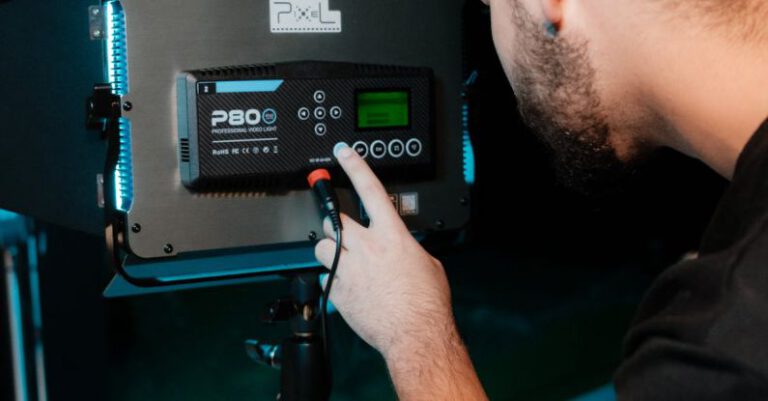How to Incorporate Mindfulness at Work?
In today’s fast-paced and ever-demanding work environment, stress and burnout are becoming increasingly common. However, there is a growing recognition of the importance of incorporating mindfulness practices into the workplace to enhance productivity, reduce stress, and promote overall well-being. Mindfulness is the practice of being fully present and aware of our thoughts, feelings, and surroundings in the present moment. It allows us to cultivate a sense of calm and focus, even in the midst of a hectic workday. In this article, we will explore practical ways to incorporate mindfulness at work.
Create a Mindful Workspace
The physical environment plays a significant role in fostering mindfulness at work. Start by decluttering and organizing your workspace. Remove any unnecessary items that can cause distraction and create a clean and calm environment. Consider adding elements that promote mindfulness, such as plants, artwork, or calming colors. Additionally, ensure that your workspace is comfortable, with appropriate lighting and ergonomic furniture.
Start the Day Mindfully
Instead of rushing into your workday, take a few minutes each morning to set an intention for the day ahead. This could be as simple as taking a deep breath and reminding yourself to stay present and focused. Consider incorporating a short mindfulness practice, such as meditation or deep breathing exercises, to ground yourself before diving into your tasks.
Practice Mindful Communication
Mindful communication is essential for building positive relationships and reducing workplace conflicts. When engaging in conversations, be fully present and attentive to the person speaking. Listen without judgment and avoid interrupting. Use open-ended questions to encourage deeper dialogue and understanding. By practicing mindful communication, you can enhance collaboration, empathy, and mutual respect among colleagues.
Take Mindful Breaks
In the midst of a busy workday, it’s crucial to take regular breaks to recharge and refocus. Instead of mindlessly scrolling through social media or checking emails, use your breaks as an opportunity to practice mindfulness. Step away from your desk, go for a short walk, or find a quiet space where you can engage in a brief mindfulness meditation. By consciously taking breaks, you can improve concentration, reduce stress, and boost overall productivity.
Eat Mindfully
Many of us tend to eat our meals quickly and mindlessly, often while multitasking. However, practicing mindful eating can significantly enhance our overall well-being. Set aside dedicated time for your meals and savor each bite. Pay attention to the flavors, textures, and sensations of the food. Eat slowly and mindfully, without distractions, allowing yourself to fully enjoy the nourishment and experience a sense of gratitude.
Practice Mindful Time Management
Mindful time management involves prioritizing tasks, setting realistic deadlines, and avoiding multitasking. Start by identifying your most important tasks and allocate specific time slots to work on them. Avoid the temptation to jump between tasks, as this can hinder productivity and increase stress. Instead, focus on one task at a time, fully immersing yourself in the present moment. By practicing mindful time management, you can improve efficiency, reduce overwhelm, and achieve a better work-life balance.
Cultivate a Gratitude Practice
Gratitude is a powerful mindfulness practice that can transform our perspective and increase overall well-being. Take a few moments each day to reflect on and appreciate the things you are grateful for at work. This could be a supportive colleague, a successful project, or even the opportunity to learn and grow. By cultivating gratitude, you can shift your mindset towards positivity and foster a more fulfilling work experience.
Incorporating mindfulness at work is not only beneficial for individuals but also for organizations as a whole. By creating a mindful workspace, practicing mindful communication, taking mindful breaks, eating mindfully, managing time mindfully, and cultivating gratitude, we can create a more harmonious and productive work environment. Remember, mindfulness is a practice that requires consistency and dedication. Start small, be patient with yourself, and gradually incorporate these practices into your daily work routine.






